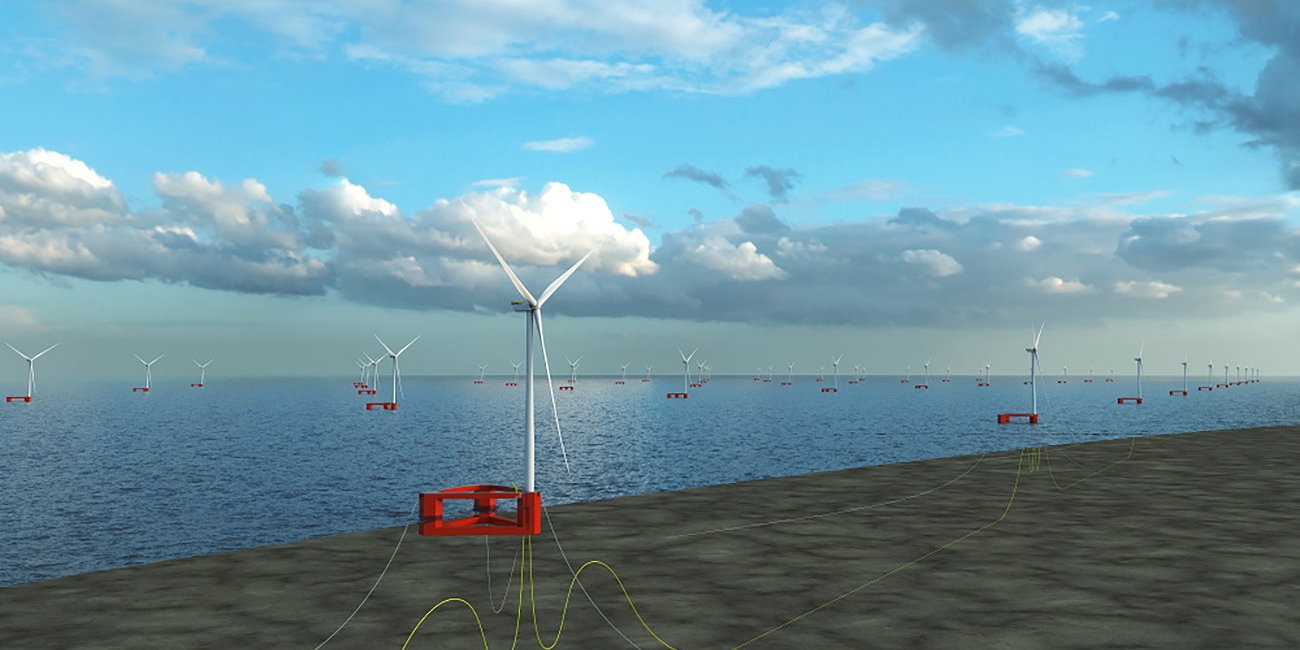Equinor Korea awards offshore wind ESIA and EIA contract off the coast of Ulsan

RPS and domestic firm Sekwang Engineering selected. 800MW scale Firefly Floating Offshore Wind project readies for Environment Impact Assessment. Equinor to apply not only Environmental Social Impact Assessment (ESIA) and Equinor’s human rights policy standards, but also those of the global organizations such as International Finance Corporation (IFC) and the United Nations.
Equinor Korea, the South Korean entity of Norwegian partially state-owned Equinor, and its Firefly floating offshore wind farm project, announced that they have entered into vendor agreements with the global professional services firm RPS and Sekwang Engineering to deliver Environmental and Social Impact Assessment (ESIA) and Environmental Impact Assessment (EIA). The permitting activities are among the first contracts to be awarded by an offshore wind developer off the coast of Ulsan and mark an important milestone for the 800 MW floating offshore wind project.
The project is on track to become one of the first floating offshore wind farms in Korea. Having conducted the required feasibility study, the project is in the final phase of conducting met ocean data measurements at what would be the location of the wind farm 70 km off the coast of Ulsan
In this Environmental Impact Assessment (EIA), Equinor will not only follow domestic standards but also adopt the International Finance Corporation (IFC) performance standards, a United Nations (UN) specialized agency, as well as Equinor’s human rights policy standards. ESIA of IFC focuses on environmental and social sustainability perspectives and includes an in-depth understanding of socioeconomic standards, climate change, gender and vulnerable groups. This is the International Commercial Bank’s Code of Conduct standard designed to assess and respond to environmental and social risks of large projects.
“If we succeed, Firefly will become the world’s biggest floating offshore wind farm – more than ten times the size of our Hywind Tampen project (88MW) in the Norwegian part off the North Sea. A floating offshore wind farm of this grand scale will become a global game changer for the competitiveness of floating technology in the future, placing Korea in the forefront,” says Jacques-Etienne Michel, Country Manager for Equinor in South Korea.
South Korea has an ambition to achieve net zero by 2050 and install 12GW offshore wind by 2030. The country is an exciting market for floating offshore wind as its deep waters open opportunities to deploy at large scale. As an offshore energy company with a firm ambition to become a global offshore wind major, Equinor sees broad potential to leverage its execution capabilities and leading position in floating offshore wind and develop offshore wind projects off the Korean coast, taking part in building a new industry based on a local Korean supply chain.
In addition to the Firefly project, Equinor is developing other early phase offshore wind projects at different maturity levels.
The offshore energy major is maturing the Donghae floating offshore wind farm project with Korea National Oil Company (KNOC) and Korea East-West Power Company (EWP) with a potential of 200MW, also off the coast of Ulsan. The project includes an ambition to convert KNOC’s existing offshore gas platform, Donghae-1 into a substation for the wind farm.
Latest News

Equinor Fourth Quarter and Full Year 2024 Results
Equinor delivered adjusted operating income* of USD 7.90 billion and USD 2.29 billion after tax in the fourth quarter of 2024. Net operating income was USD 8.74 billion and net income was USD 2.00 billion, leading to adjusted earnings per share* of USD 0.63.

Equinor to present at GWEC APAC Wind Energy Summit 2024 in Songdo
- Participation of 10 global experts from Equinor across development, supply chain, and operational areas
- Supporting Korea’s renewable energy transition by leveraging global offshore wind leadership

Equinor reaffirms intention to invest in Korea’s renewable energy market
- Investment registration completed at the 2024 Invest Korea Summit following the investment declaration made in 2023 hosted by President Yoon
- Equinor seeks to support the development of Korea’s offshore wind industry and advancing the energy transition